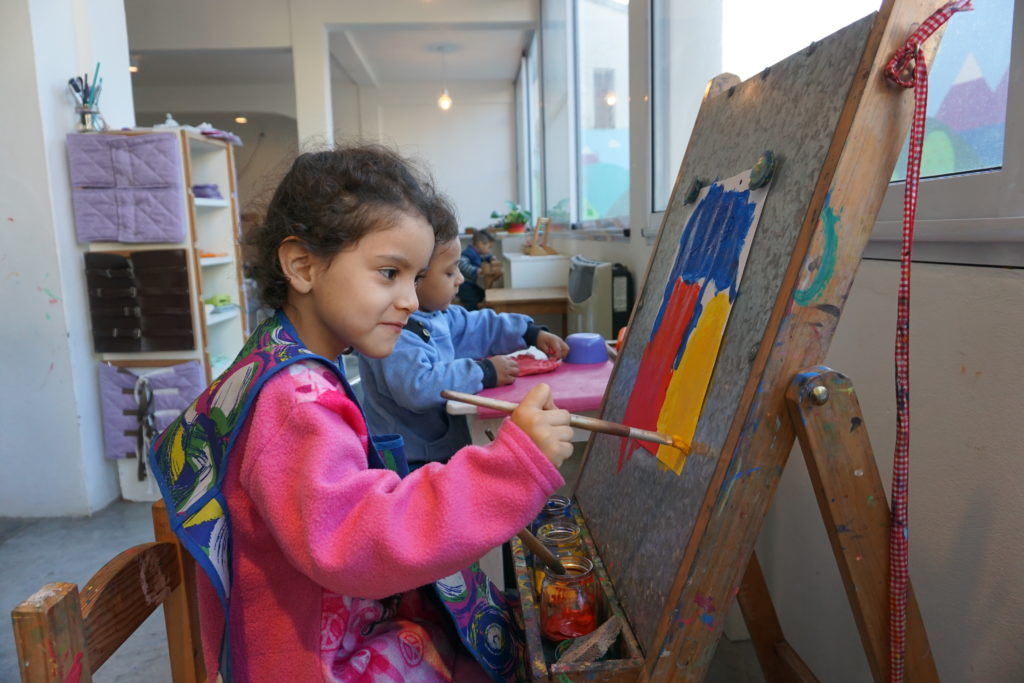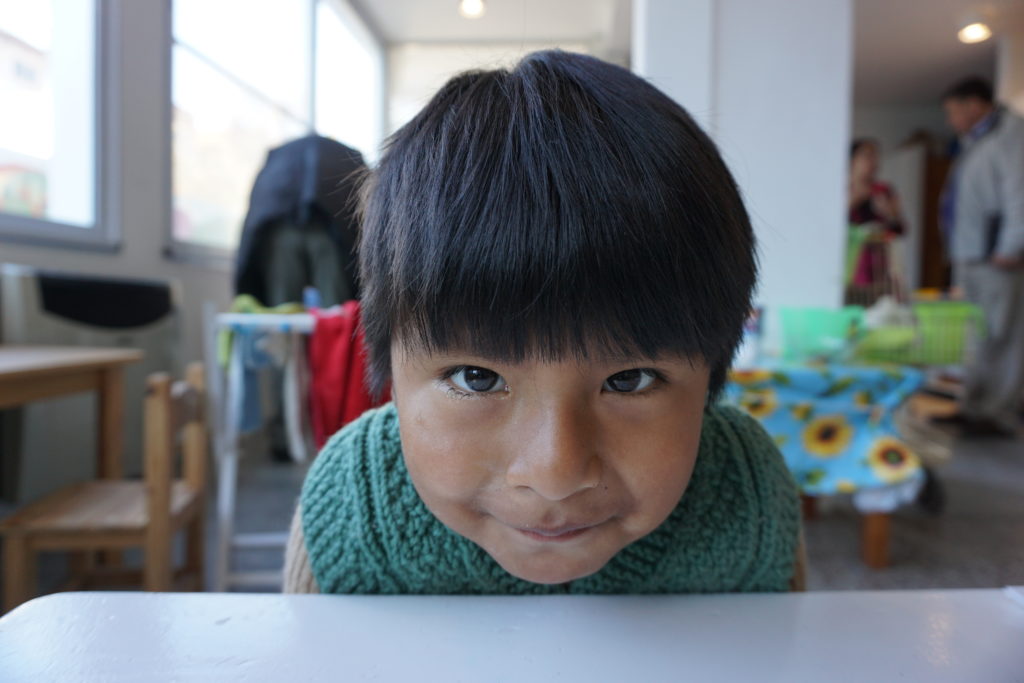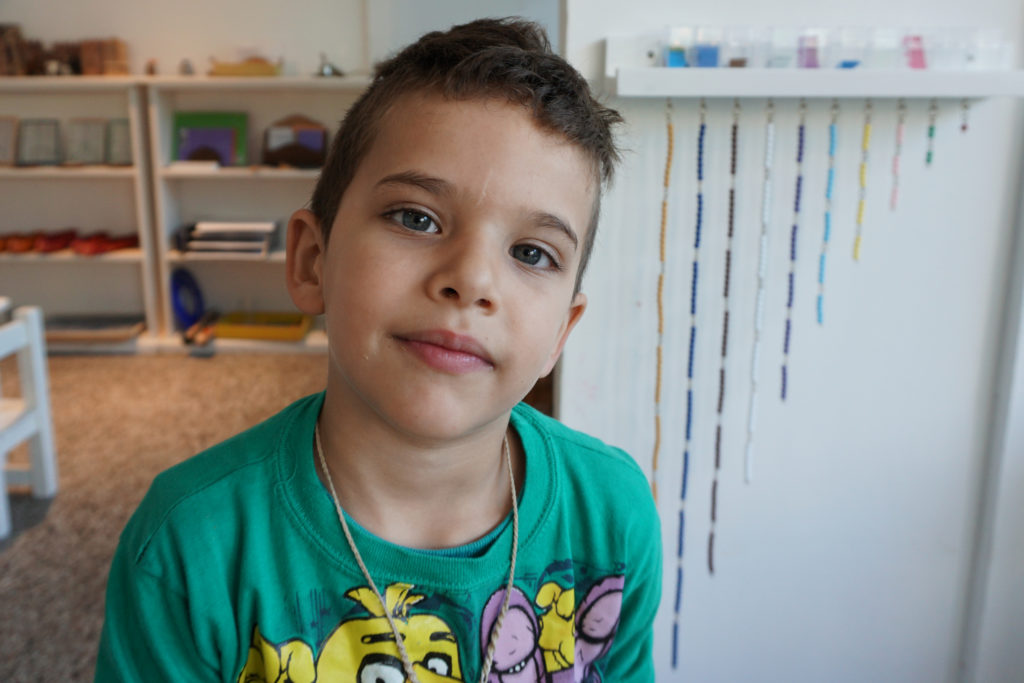facts about The Casa del Niño – Maria de Nazaret daycare center:
- Ages Served: 2-14 years of age
- Education: Children attend local public schools, but area teachers volunteer their time at the daycare center, tutoring and providing extra courses in subjects like music, computer literacy, and gym. Workshops in carpentry, cooking, sewing, and cosmetology are also offered to children and their parents.
- Academic Year: The school year in Argentina typically begins in March and ends in mid-December. Students enjoy summer break from mid-December through the first week of March, as well as a short winter break in July.
- Parental Involvement: Maria de Nazaret holds mandatory monthly meetings for parents, addressing such topics as family violence, childcare, personal development, self-esteem, and parental responsibility.
- Volunteer Work: Older children are assigned chores to perform to help maintain the center, and parents are asked to volunteer with such tasks as cooking and cleaning.
- Nutrition: The center provides nutritious meals and snacks throughout the day. For many children, these may be the only meals they can depend upon receiving.
- Medical Attention: Children receive medical attention as needed at a nearby hospital. Additionally, a pediatrician makes regular visits to the center. A dental clinic has recently been added.
The second-largest nation in Latin America, Argentina is truly a nation of contrasts. In geography alone, its borders envelop a full spectrum of topography from rugged, towering mountains, frigid tundra, and tropical lowlands to arid steppes and plateaus. Nestled along the estuary where the Rio de la Plata meets the Atlantic Ocean, the sprawling Argentinian capital of Buenos Aires is the second-largest metropolis in South America. Renowned for its wealth of culture, arts (including the famous tango) and beautiful European-style architecture, Buenos Aires draws thousands of tourists each year. However, there is a hidden side of the city that few tourists experience.
Extremely high inflation, rising unemployment, and an increasing poverty rate plague the nation as a whole. One of Buenos Aires’s slum neighborhoods, Villa Ballester, is no exception to this unfortunate trend. Typical of many area slums, its extended families live in hopeless poverty, forced to endure squalid conditions in tin shacks with no running water. For many of these families, the Maria de Nazaret daycare center is a tremendous blessing. The center provides younger children a safe haven and nurturing environment where they can stay while their parents work, and school-aged children flock to the center after classes for tutoring and recreational activities.
Facts about Argentina:
- Population: 45.19 million
- Languages Spoken: Spanish (official), Italian, German, French, Mapudungun, Quechua
- Poverty Rate: 40.8%
- Unemployment Rate: 9.8%
READ MORE STORIES FROM OUR sites IN ARGENTINA:
A Shining Light in the Culture Capital of Argentina



